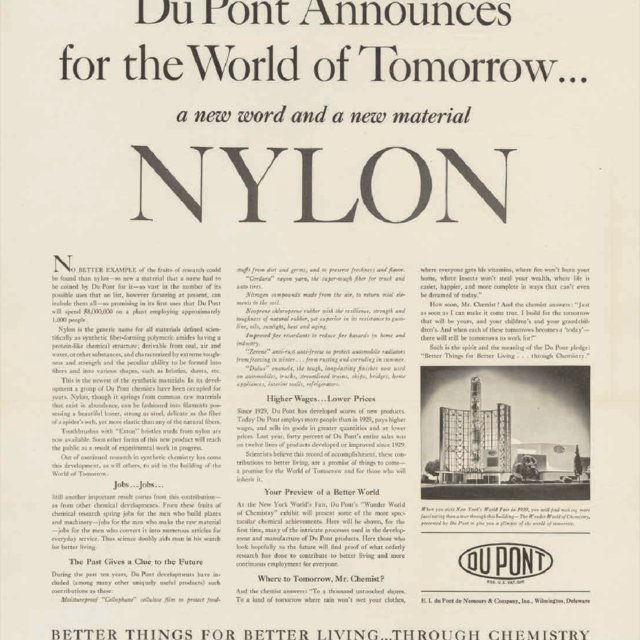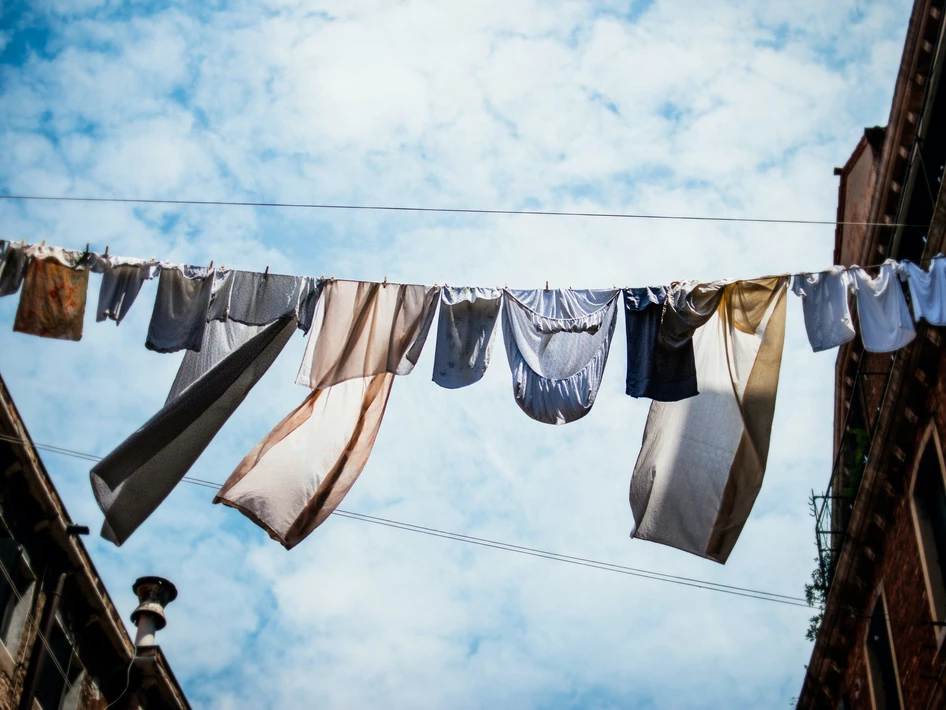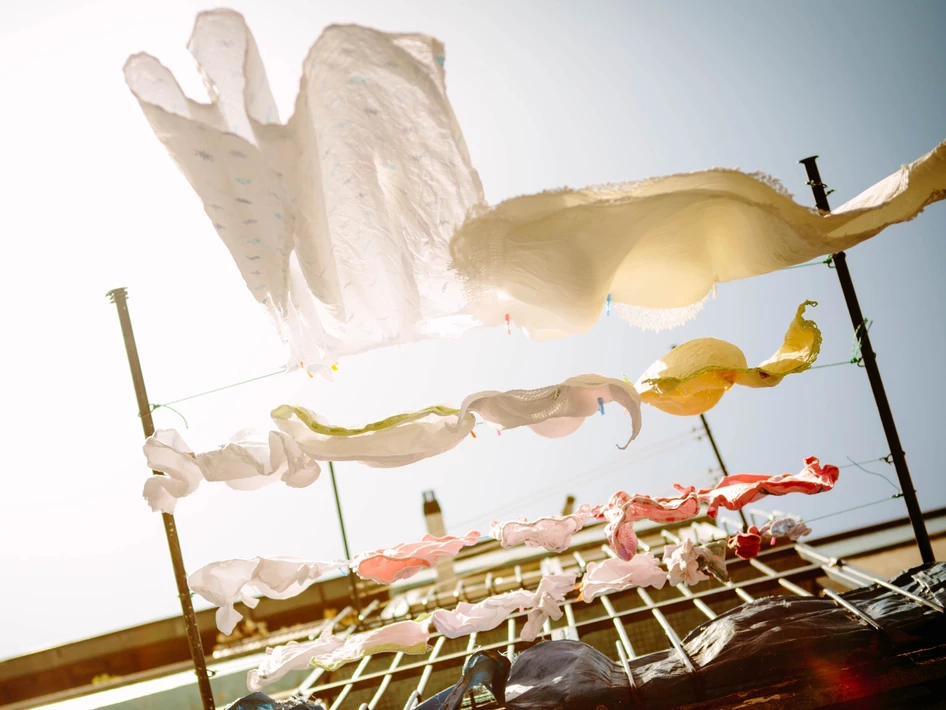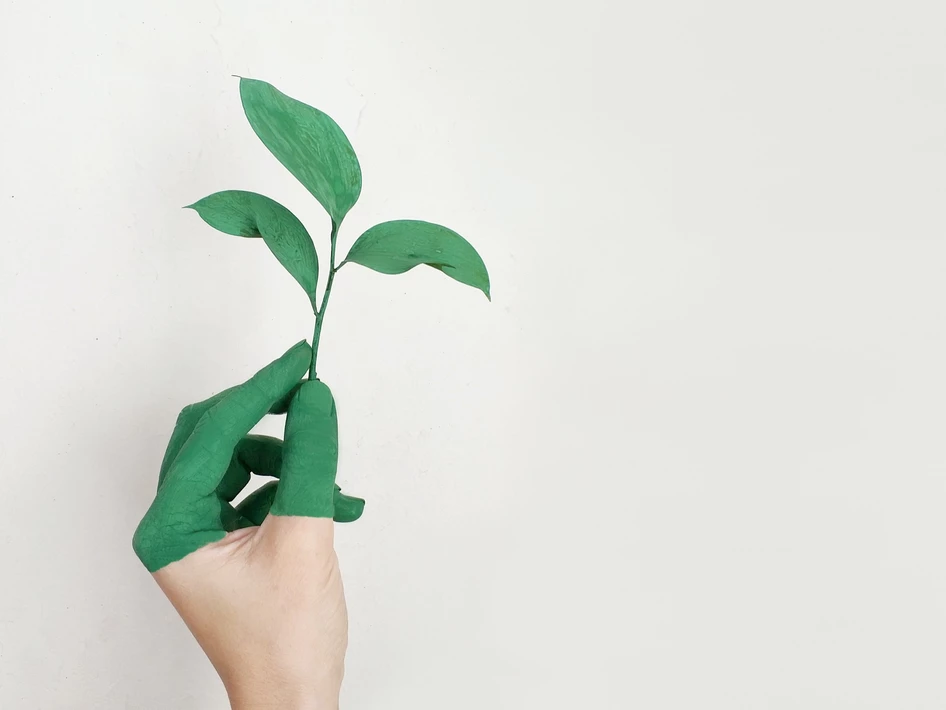At a workshop we recently conducted, we asked a bunch of young adults about the plastics present in their wardrobes. We got a lot of responses: Buttons, tags, hangers, packaging, suit covers… they were really going to town with their answers, but every one of them missed the nail. Completely! In fact, they were shocked when we revealed that many of us are literally wearing plastic, in one form or the other, at any point in time. Polyester is plastic. And polyamide, nylon, acrylic… all plastics. Most ‘vegan leather’ is PU… polyurethane… plastic
The problem with polyester and other plastics in our wardrobe
According to research from Hull York Medical School, UK, published in the journal Science of the Total Environment, plastics as tiny as five microns can enter our lungs and our bloodstream. Another study published in the journal Environment International revealed microplastic particles had been found in the placentas of four healthy women who had normal pregnancies and births.
Basically, by now, a lot of our bodies are made of plastic—from the foods we consume out of plastic containers, to the plastic that leeches into the water and soil and then enters our bodies with the green leafies we must eat if we want to be healthy—talk about irony! —to the plastic we wear. In fact, studies reveal that our bodies absorb microplastics from our clothing, when we sweat. A very real threat to our bodies, since we sweat the most when we exercise, and most of our exercise gear is made of… you guessed it, plastics, mostly polyester!

So how did we get here? How did plastics make their way into our closets? In the 1930s, research at the DuPont Fiber Company in Delaware, United States, led to the creation of a ‘miracle fibre’, the first commercially manufactured nylon, a polyamide. In fact, DuPont was where most of the synthetic textile innovation of the 20th century was headquartered. These fibres got very popular, very quickly. Easy to use and maintain, cheap, stretchy, sturdy, these were a dream for anybody running short on time and a far cry from the heavy maintenance fibres the post-depression world was struggling with. But that we know better, these fibres haven’t been all that easy on our planet and on our bodies!
We’ve come to a time when most of our clothing is either a plastic in its original form or has a plastic sneakily blended in with other fibres.
Here’s a lowdown:
Nylon

Polyester

Spandex
Spandex is essentially a stretchy version of nylon. It has all the strength of polyester but acts like rubber and can stretch up to five times its length. Despite its strength, its stretchiness is short-lived, which in turn shortens the lifespan of the garment, further exacerbated by exposure to heat from washing machines and dryers. Spandex is not biodegradable and there’s little infrastructure in place for recycling waste spandex. Unfortunately, spandex has made its way into the cotton market, to help make clothes more form-fitting for fashion and to increase comfort.
Acrylic

Organza and Taffeta

These luxurious and lustrous silk fabrics have been transformed into cheap and cheerful plastic versions of themselves, thanks to plastic textile technology. Although still available in their original 100% natural forms, the synthetic versions make them easier to use in larger quantities, like in the entire construction of evening gowns and bridal dresses, as opposed to using it only for a few accents. Woven with plastic filament fibres, like polyester or nylon, to create more affordable and practical options, taffeta can also be made with rayon (a synthetic material obtained from natural fibres). Fun fact: With its practical implications, taffeta was used as lining fabric in WWII parachutes, and is a popular fabric for sleeping bags and tents!






